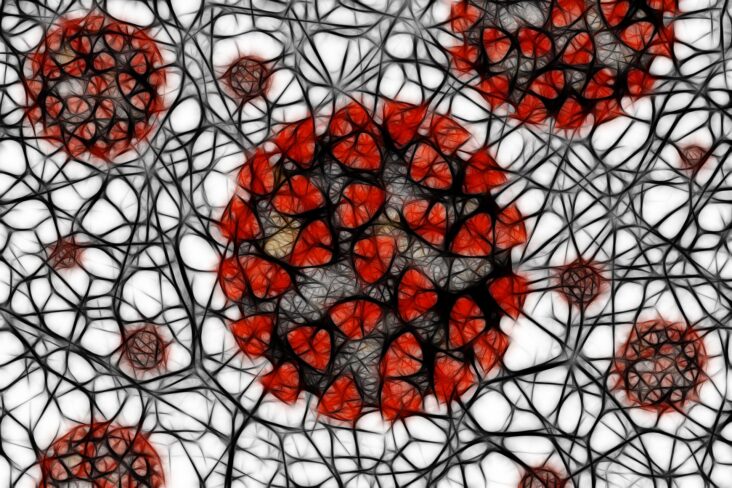Click here to download this post
By Joseph Colombo, Michael I. Weintraub, Ramona Munoz, Ashish Verma, Ghufran Ahmad, Karolina Kaczmarski, Luis Santos, and Nicholas L. DePace
Long COVID and the Autonomic Nervous System
The severity and prevalence of Post-Acute COVID-19 Sequela (PACS) or long-COVID syndrome (long COVID) should not be a surprise. SARS-CoV-2 targets diverse organs and tissues after entry into the human body. Long-COVID syndrome is defined as persistent symptoms beyond 12 weeks after acute COVID-19 infection. Viruses, by inducing an inflammatory state, can damage tissue. At a cellular level, the mitochondria are susceptible to the effects of inflammation and oxidative stress. Given that nerve cells, including brain cells, and heart muscle cells contain significantly more mitochondria than other cells in the body, it is to be expected that they will be the most affected by oxidative stress. The results of mitochondrial dysfunction includes primarily autonomic dysfunction (including both parasympathetic and sympathetic (P&S)) and cardiovascular dysfunction.
Arguably, the first symptom of P&S dysfunction is orthostatic dysfunction. Orthostatic dysfunction is a significant contributor to poor cardiac and cerebral perfusion (and, of course, all structures around and above the heart). Autonomic dysfunction is also induced as a result of the severity of the infection. Furthermore, COVID-19 injures the lungs, reducing their ability to exchange oxygen, exacerbating the poor perfusion and resulting dysfunctions. The initial respiratory compromise, due to the COVID-19 virus, on the medullary respiratory control centers (including the pre-Bötzinger complex) may be so dramatic that P&S symptoms and signs are often overlooked or misunderstood. Respiratory pacing from the pre-Bötzinger complex involves vagus nerve afferents, among other brainstem structures; feedback from the COVID-19-damaged lung; aortic and carotid chemo, baro, and vagal receptors; and medullary chemoreceptors. All involving P&S nerves. Brainstem cardiorespiratory centers (e.g., the Nucleus Tractus Solitarius, Dorsal Vagal Motor Nucleus, and Nucleus Ambiguus, all of which are autonomic nuclei) are also implicated in COVID-19 infection. Furthermore, sympathetic involvement in cytokine storms and the angiotensin system, and parasympathetic involvement in immune function, provides further evidence of P&S compromise in COVID-19 infections.
Any resulting damage to these nerves further implicates P&S dysfunction in long-COVID syndrome. Long-COVID symptoms may be explained by a pro-inflammatory state with oxidative stress and P&S dysfunction. This study presents the data obtained from autonomic dysfunction patients who were P&S tested and treated prior to COVID-19 infection due to other causes of autonomic dysfunction. Then, they were P&S tested and treated after surviving COVID-19 infection. Long-COVID symptoms may be explained by a pro-inflammatory state with oxidative stress and P&S dysfunction. This is hypothesis generating. Long COVID is characterized by parasympathetic excess and alpha-sympathetic withdrawal. Anti-cholinergic therapy may relieve post-COVID-19 symptoms associated with parasympathetic excess. This is hypothesis generating and further trials are needed.
This Post is an excerpt from NeoroSci: https://www.mdpi.com/2673-4087/3/2/21



